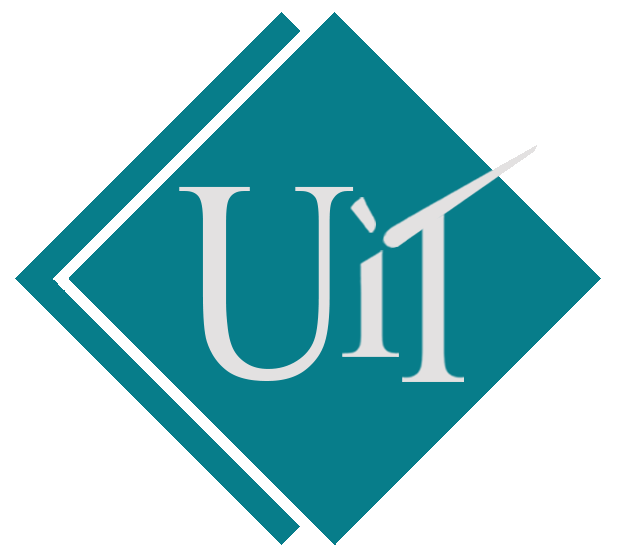This course includes techniques of integration, applications of integration, differentiation and integration of trigonometric, exponential, logarithmic, hyperbolic functions and their inverses, sequences and series, conics, parametric equations and polar coordinates, improper integrals and ODE’ equation.
The purpose of this course is to provide the mathematical foundation for computer science courses and to develop the topics of vector geometry, integral calculus, differential equations and mathematical models.
